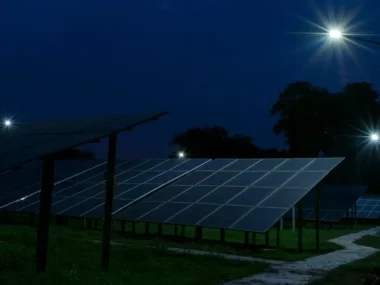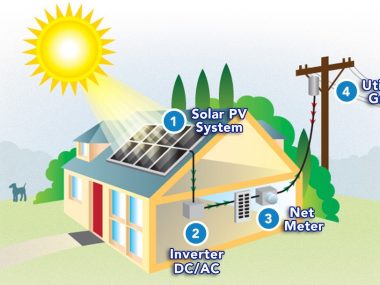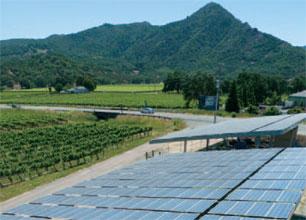The extensive praise for solar energy as a renewable power source stems from its potential to combat climate change and reduce reliance on fossil fuels. However, the environmental impacts of solar panels throughout their lifecycle, from production to disposal, are crucial considerations. Understanding these consequences is essential for evaluating solar energy’s sustainability and developing strategies to mitigate its environmental footprint. During manufacturing, the production of solar panels involves extracting raw materials like silicon, glass, metals, and chemicals, leading to habitat destruction, water contamination, and high energy consumption. The energy-intensive manufacturing process and energy sources used significantly impact the carbon footprint of solar panels. Certain manufacturing techniques can also release greenhouse gases and pollutants, raising concerns about air and water pollution. While operational solar panels generate electricity without emitting greenhouse gases, their overall environmental impact depends on factors like manufacturing energy sources and panel efficiency. Large-scale installations may require vast land areas, potentially affecting ecosystems and wildlife habitats. Innovative approaches, such as integrating solar farms with agricultural land or reclaiming degraded areas, offer ways to minimize environmental disruption. Although solar PV systems typically use less water than conventional power plants, water is still crucial for panel cleaning and cooling, emphasizing the importance of water management.
The environmental consequences of solar panels span various stages, including production, operation, and disposal:
Production:
During the production phase, the manufacturing of solar panels requires raw materials such as silicon, glass, aluminum, and various chemicals. The extraction and processing of these materials can lead to environmental problems like habitat destruction, water contamination, and high energy consumption. The manufacturing process itself, which involves refining raw materials, creating semiconductor wafers, and assembling panels, consumes a significant amount of energy. The choice of energy sources used during manufacturing greatly influences the carbon footprint of solar panels. Additionally, certain manufacturing procedures release greenhouse gases and other pollutants, contributing to air and water pollution.
Operation
In terms of operation, solar panels offer the advantage of generating electricity without emitting greenhouse gases. However, the overall environmental impact depends on factors such as the energy mix used in manufacturing and the efficiency of the panels. Large-scale solar installations may require extensive land areas, potentially impacting ecosystems and wildlife habitats. Nevertheless, solar farms can be integrated with agricultural land or developed on degraded or unsuitable land to minimize environmental harm. While solar photovoltaic (PV) systems generally require minimal water for operation compared to fossil fuel-based plants, water is still necessary for panel cleaning and cooling, especially in certain concentrated solar power (CSP) systems.
Disposal
Regarding disposal, solar panels typically have a lifespan of 25-30 years or more. Proper management at the end of their life cycle is crucial, as improper disposal can lead to environmental pollution and health risks due to toxic materials like lead, cadmium, and arsenic present in some panel components. Recycling provides an opportunity to recover valuable materials from decommissioned solar panels, reducing the need for new raw materials and minimizing waste generation. However, the proper implementation of recycling processes is essential to ensure its effectiveness.
In conclusion, Solar panels have a wide-ranging impact on the environment, affecting various stages such as production, operation, and disposal.
During the production phase, the extraction of raw materials and energy-intensive manufacturing processes contribute to the destruction of habitats, pollution of water sources, and the release of greenhouse gases. While solar panels generate electricity without emitting greenhouse gases during operation, concerns about land use and water consumption still exist, although they are lower compared to traditional power plants. Disposal of solar panels presents its own challenges, as improper handling can lead to environmental pollution and health hazards due to the presence of toxic materials in the components. However, recycling is emerging as a promising solution to reduce waste and resource consumption. In order to mitigate the environmental impact of solar panels, efforts are being made to enhance manufacturing processes, optimize panel efficiency and lifespan, promote responsible end-of-life practices, and invest in recycling technologies. By implementing these comprehensive measures, we can harness the benefits of solar energy while minimizing its ecological footprint.











